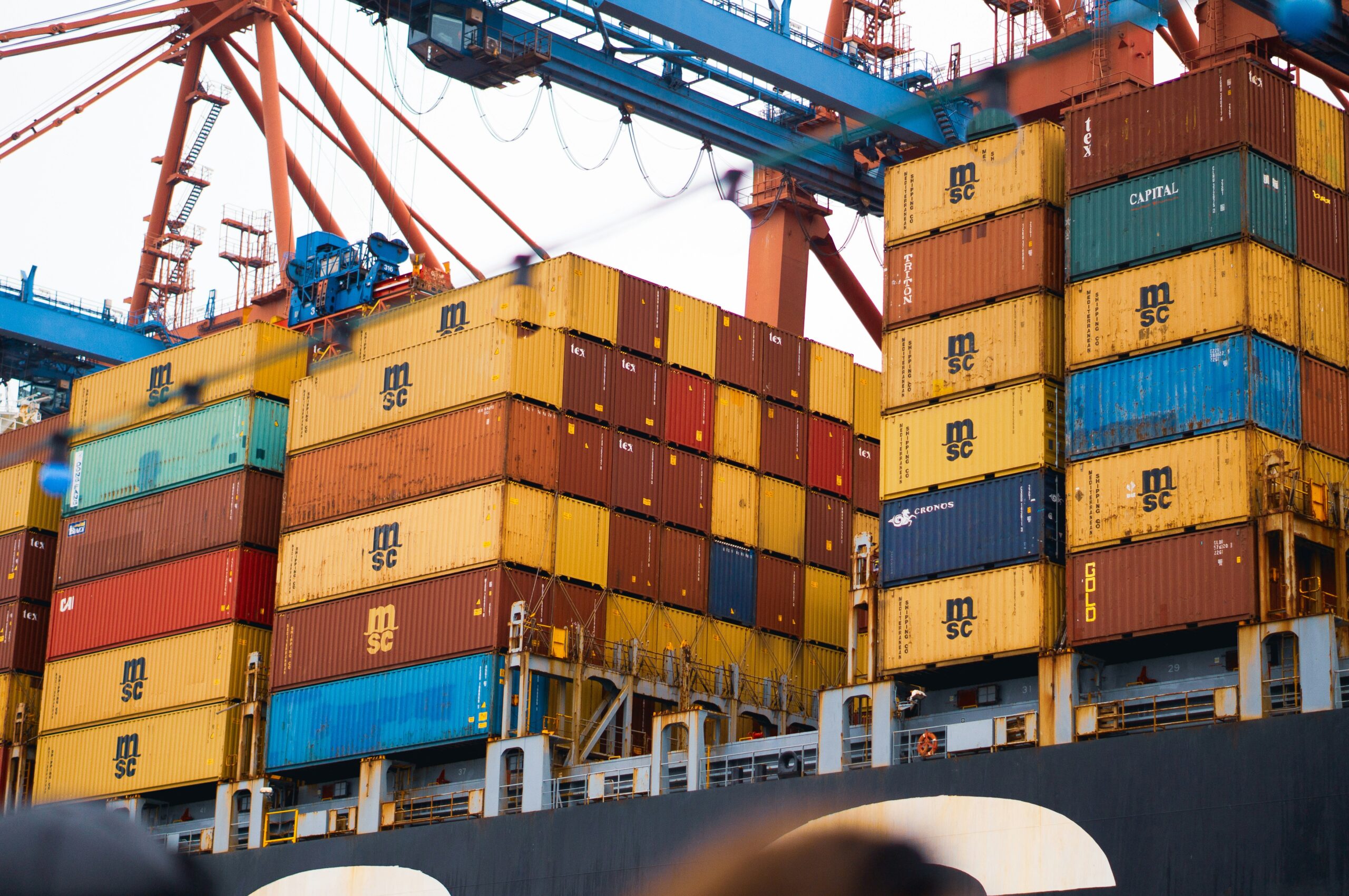Located in southern Africa bounded to the south by a large mass of coastline and Namibia, Zimbabwe, and Mozambique to the north, it is a biodiversity hotspot blessed with nature and modern infrastructures. With more than 60 million persons, the country is one of the most populous nations in the world. According to the World Bank, the republic is an industrialized nation with the second-largest economy in Africa. Despite having an advanced economy, the country suffers from a high rate of poverty and unemployment. The agricultural industry accounts for 10 percent of the workforce, providing work for laborers and contributing about 2.6 percent to the GDP. Boasting a large energy sector, it is the largest producer of electricity in Africa and the 21st largest in the world. Not only that, but it is also the world’s largest producer of minerals such as chrome, manganese, vermiculite, iron core, etc
For business owners and those interested in learning how exportation works here, this is an article on exporting goods from South Africa and the steps to take.

Main goods exported out of the Republic
The top exports of the country are gold, platinum, manganese ore, titanium ore, diamonds, cars, and coal briquettes exported mostly to countries like China, the United States, India, the United Kingdom, and Germany.
Exporting from the country
A person who intends to export goods has to register as an exporter and the exportation of continuous transmission commodities. Foreign exporters, have to register and appoint a registered agented based in the country. A registered agent has to assume total liability for the activities of the foreign exporter as regards business activities with customs. To export specific goods from the country, an exporter needs a permit ensuring he or she complies with applying export control measures. A permit is needed to make sure goods exported by a company comply with the provisions of trade agreements. Information on the different policies that apply to certain goods from sector to sector may be obtained at the import and export control office at the International Trade Administration Commission. Note that not all goods and services are liable to customs measures.
The process of exportation
It is important to submit the right supporting documents when exporting goods from a country. Export documents like purchase orders, bills of lading, etc. are needed for customs to clear the exporting goods at the ports. These documents must satisfy all customs formalities. There are three steps to take when exporting out of the nation. The first step is registering as an exporter by completing the two application forms and forwarding them to the customs and excise office where a customs and excise code will be generated and a permit issued. Some necessary documents must accompany the submission. The second step is preparing the supporting documents, and lastly, export customs clearance and formalities. Note that an exporter should ensure all goods meet the standards of the importing countries and the regulations of the Import and Export Control office. They should be backed by all required documents submitted to clearing agents who shall forward the export declarations and documents to the customs office. Provided the packages are okay and every requirement is met, the office shall issue a receipt to such exporter upon entry of the exporter’s details in their system.
Required documents to submit
Documents required for registration and clearance when exporting rely on the goods, trade agreements, and policies of exporting countries. They include the following:
- Proof of address
- Certified copy of company registration
- Certified copy of bank statements
- Legal Undertaking
- Export license
- Purchase order
- Bill of lading
- Transit documents, et cetera.



